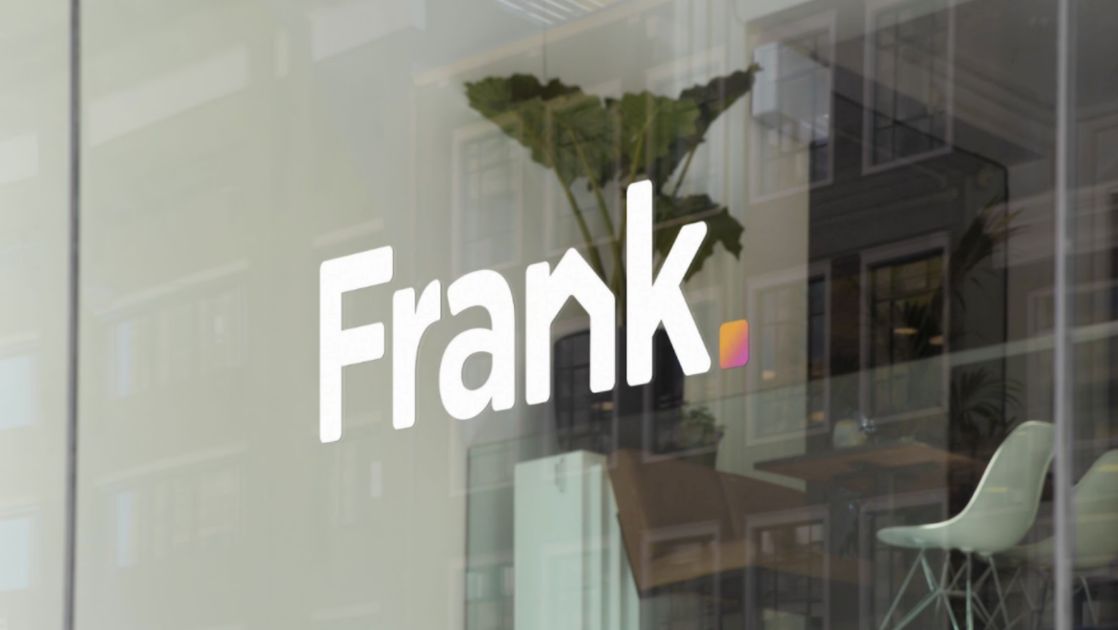All You Need To Know About Stay Frank
A comprehensive guide to leaseback structures and their benefits.

StayFrank: The Good and The Not-So-Good
If you’ve been hearing about StayFrank and wondering whether it’s a smart option, here’s a breakdown that skips the hype. This isn’t a sales pitch—it’s a side-by-side look at what works, what doesn’t, and how it stacks up against other real estate alternatives like traditional home sales, reverse mortgages, and residential leasebacks.
What StayFrank Does
StayFrank lets homeowners sell their property to an investor while staying in the home as a renter. You get cash from the sale but avoid moving, and you pay rent to the new owner. It’s a twist on the sale-leaseback model that’s been common in commercial real estate but is newer in the residential space.
The Good Side
- Access to Cash Without Moving
You unlock your home’s equity fast, which can help with debt, unexpected bills, or retirement expenses.
For people denied refinance or reverse mortgages, it’s another path to liquidity.
- No Showings, No Repairs
Skip the headaches of cleaning, staging, and negotiating over repairs—your home sells as-is. - Stability for Families
Kids can stay in their schools, seniors avoid downsizing, and you keep your established routines. - Predictable Costs
No property taxes, big repairs, or HOA fees once you’re a renter. - Fast Process
Compared to traditional listings, deals can close in weeks rather than months.
The Not-So-Good Side
- Limited Availability in Certain Markets
While StayFrank operates in various markets across the U.S. it does not operate in all states and the leaseback program may not be available in all regions, or there may be fewer investors willing to participate in their program in certain areas. - Longer Processing Time
StayFrank’s leaseback program takes about 45 days to complete, which is slower than some competitors offering quicker closings. This delay can be a drawback for homeowners in urgent need of cash or a fast resolution.
- Limited to Single-Family Homes
StayFrank’s leaseback program is currently only available for single-family homes, limiting options for homeowners in other property types, such as multi-family units or condos. This restriction may exclude potential clients who don't fit within the single-family category. - Direct Buyer Model
StayFrank operates as a direct buyer rather than a mediator, meaning they have a vested interest in the deal. This could create potential concerns for homeowners, as the terms may be more favorable to StayFrank as the buyer, rather than an impartial third party.
Bottom Line
StayFrank solves a specific problem well—how to get home equity without moving right away. It’s ideal if you value speed, simplicity, and staying put more than squeezing every last dollar from your home sale. But it’s not the best choice if your main priority is maximizing sale price or maintaining ownership over quickness and saving on repairs.
We can connect you with the perfect leaseback program to help you sell your home quickly and as-is, while allowing you to stay for as long as you need.
Explore Leaseback Insights
Discover the benefits of leasebacks for investors.

Struggling with Debt? Here’s How to Tap into Your Home Equity and Stay Put

Understanding Reverse Mortgages: What They Are and How They Work

Trying to sell your home fast? Pricing it too high may backfire
FAQs
Discover answers to common questions about our leaseback services and how we can assist you.
What is a leaseback?
A leaseback is a financial transaction where the seller of an asset leases it back from the buyer. This arrangement allows the seller to retain usage of the asset while freeing up capital. It's commonly used in real estate and business assets.
How does it work?
In a leaseback, the seller sells the asset and immediately signs a lease agreement to rent it back. This provides liquidity to the seller while allowing them to continue using the asset. The terms of the lease, including duration and payment, are negotiated at the time of sale.
Who can benefit?
Businesses looking to improve cash flow can benefit significantly from leasebacks. It allows them to access capital while maintaining operational control over their assets. Additionally, investors seeking stable returns may find leaseback agreements appealing.
Are there risks involved?
Yes, there are risks associated with leasebacks, such as potential loss of asset ownership. If the lessee fails to meet lease obligations, they may lose access to the asset. It's essential to carefully evaluate the terms and conditions before entering a leaseback agreement.
How to get started?
To get started with a leaseback, contact us for a consultation. Our team will guide you through the process and help you understand your options. We'll work together to find a solution that meets your financial needs.

